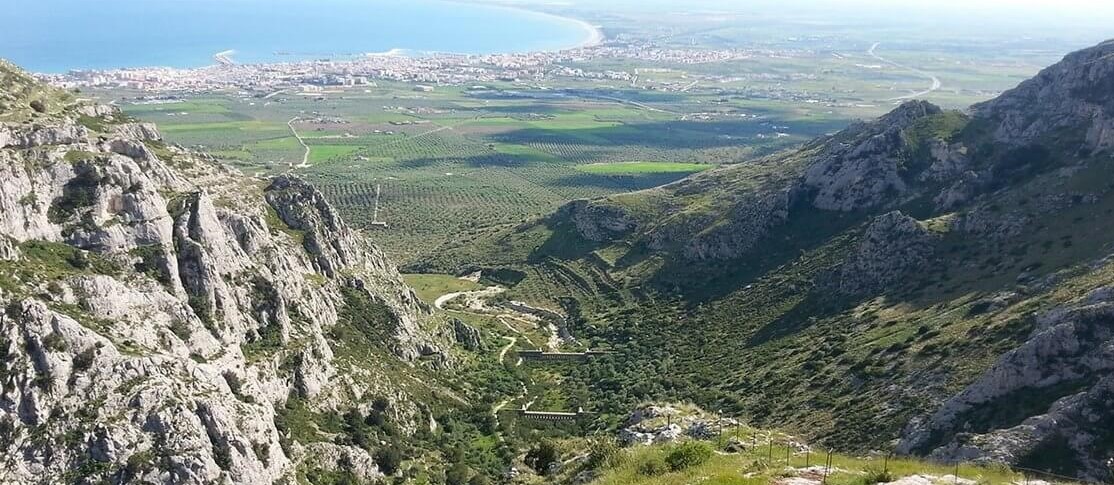

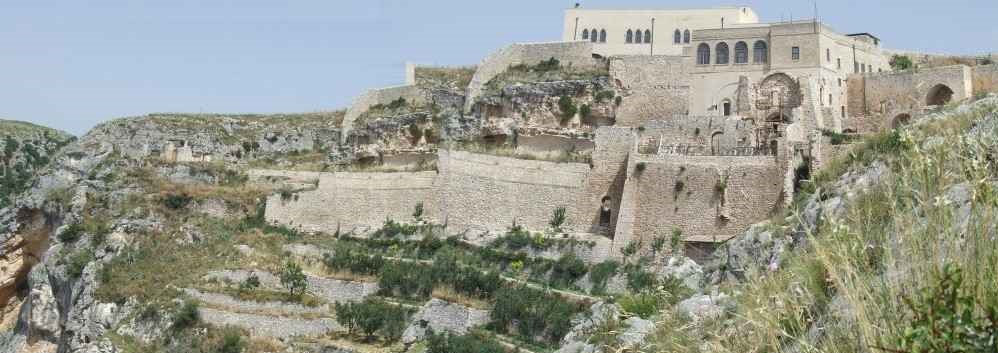

The abbey of Saint Mary of Pulsano is a monastic complex located on the Gargano. The feast of the Madonna of Pulsano occurs on 8 September: the faithful leave from Monte Sant'Angelo and reach the abbey on the back of mules. The monastery also has a guesthouse to accommodate a limited number of pilgrims for short retreat periods.
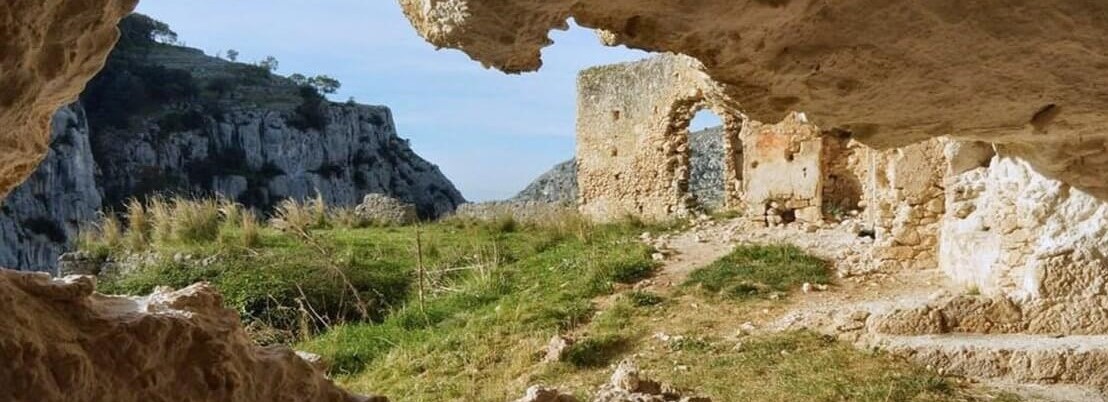
Built in 591, on the remains of an ancient pagan oracular temple dedicated to Calcante, it was entrusted to the monks of the order of Sant'Equizio abbot. Little is known about the historical events until the twelfth century when, in 1129, the intervention of St. John of Matera and his Pulsanense Congregation brought it back from the serious state of abandonment in which it poured, founding the autonomous monastic order of the poor pulsanese hermits .
In 1177 the construction of the abbey church dedicated to the Holy Mother of God was completed, whose altar, under which the remains of Saint John of Matera, abbot who died in 1139, were placed, and were consecrated by Pope Alexander III on a pilgrimage to the Gargano. At the end of the fourteenth century, during the pontificate of Pope Martin V, the Pulsanense Order died out and the survivors passed to the Benedictine Order, renouncing the rule of Saint John the Abbot.
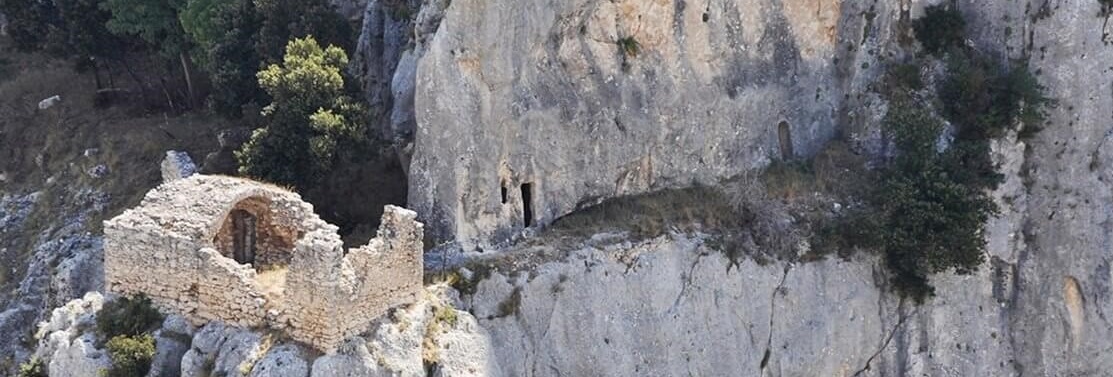
In the fifteenth century it was the Celestines who took care of the abbey, protecting it from the pretensions of the local lords. The abbey was however entrusted to a commendatory cardinal who administered it from Rome. Among the Celestines, the Gargano monk Ludovico Giordani, who as abbot built two lateral altars in the abbey church of Pulsano, now destroyed, and the Celestini monastery in Manfredonia, both of them worth to be mentioned. The violent earthquake of the Gargano of 1646 overwhelmed the archive and the library. Later it was the Celestines of Manfredonia who held Saint Mary of Pulsano until the enactment of the Napoleonic laws of 1806. Giuseppe Bonaparte definitively suppressed the presence of a monastic order and authorized the tenants of the goods to retain payments in emphyteusis. In 1842 the mountain priest Nicola Bisceglia officially received the complex of the pulsanense protomonastery in emphyteusis from the State Property to "remove it from the abandonment and vandalism of the shepherds", with the exception of the church subject to the jurisdiction of the Diocesan Order. In 1966 the valuable and venerated icon of the Mother of God of Pulsano, not yet found, was stolen and belonged to the Byzantine - Italian school, called the "Retardatari" that flourished in Puglia in the twelfth and thirteenth centuries.
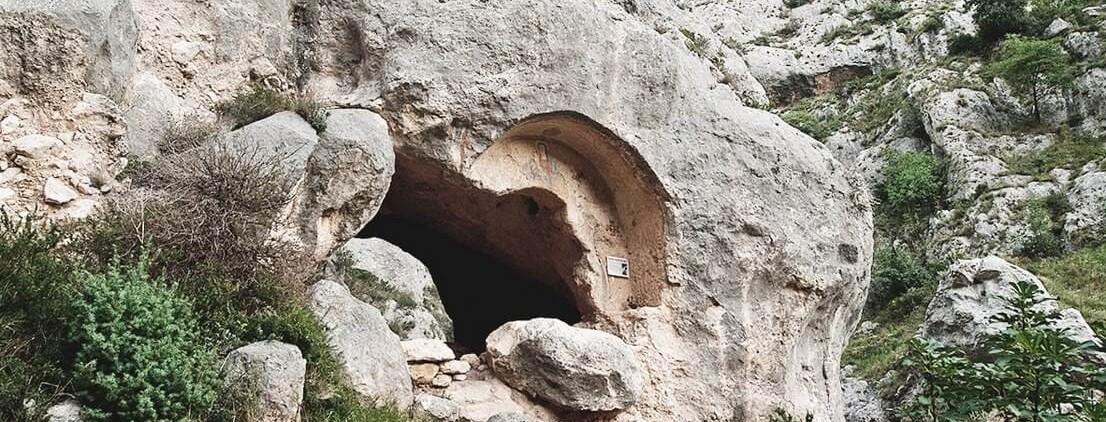
The abbey is surrounded by 24 hermitages that blend in with the mountain. Most of them were used as shelter while some hermitages had stone millstones to produce flour, others were equipped with systems for wine production and water conservation. Often to access these hermits were forced to use ropes or ladders.
